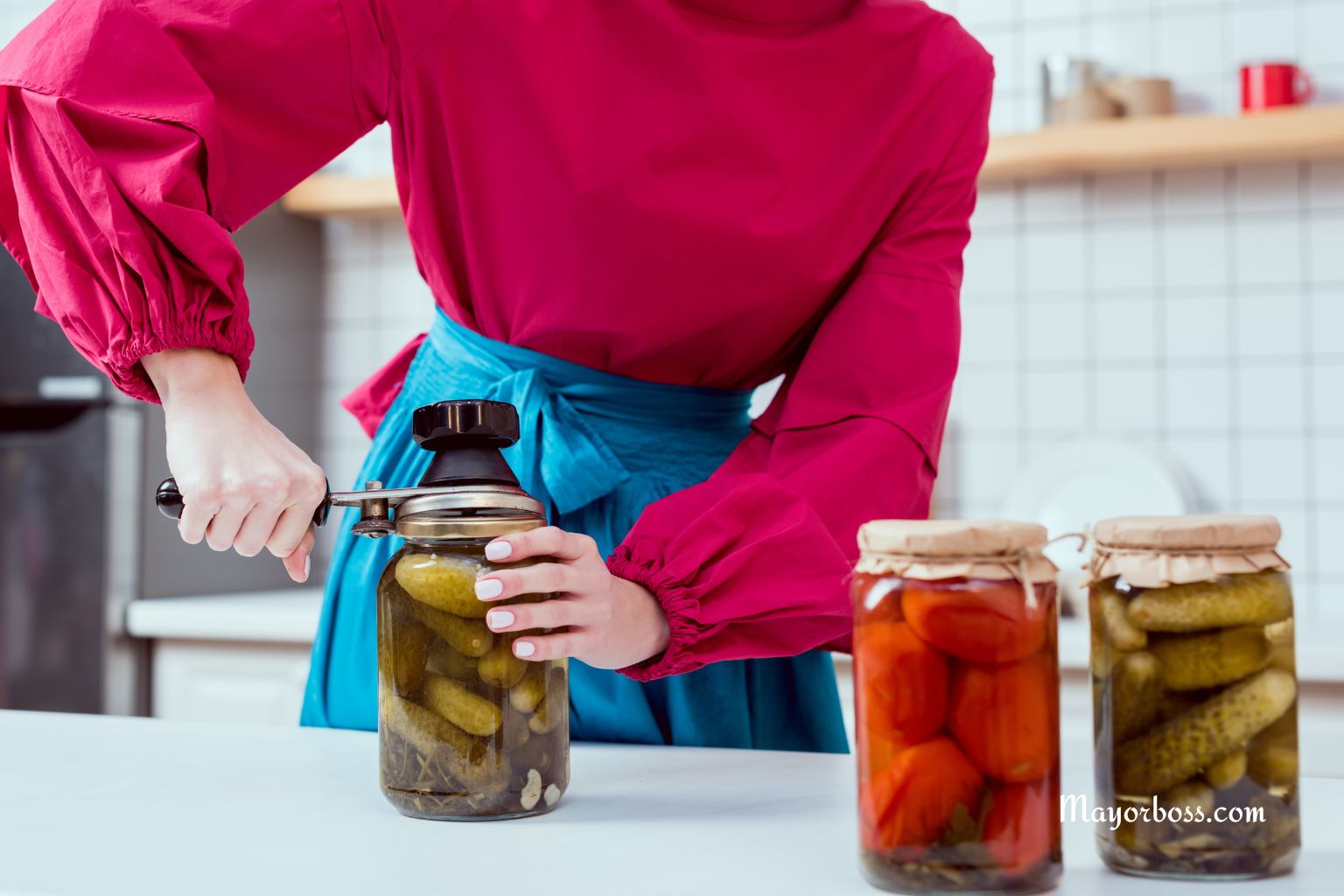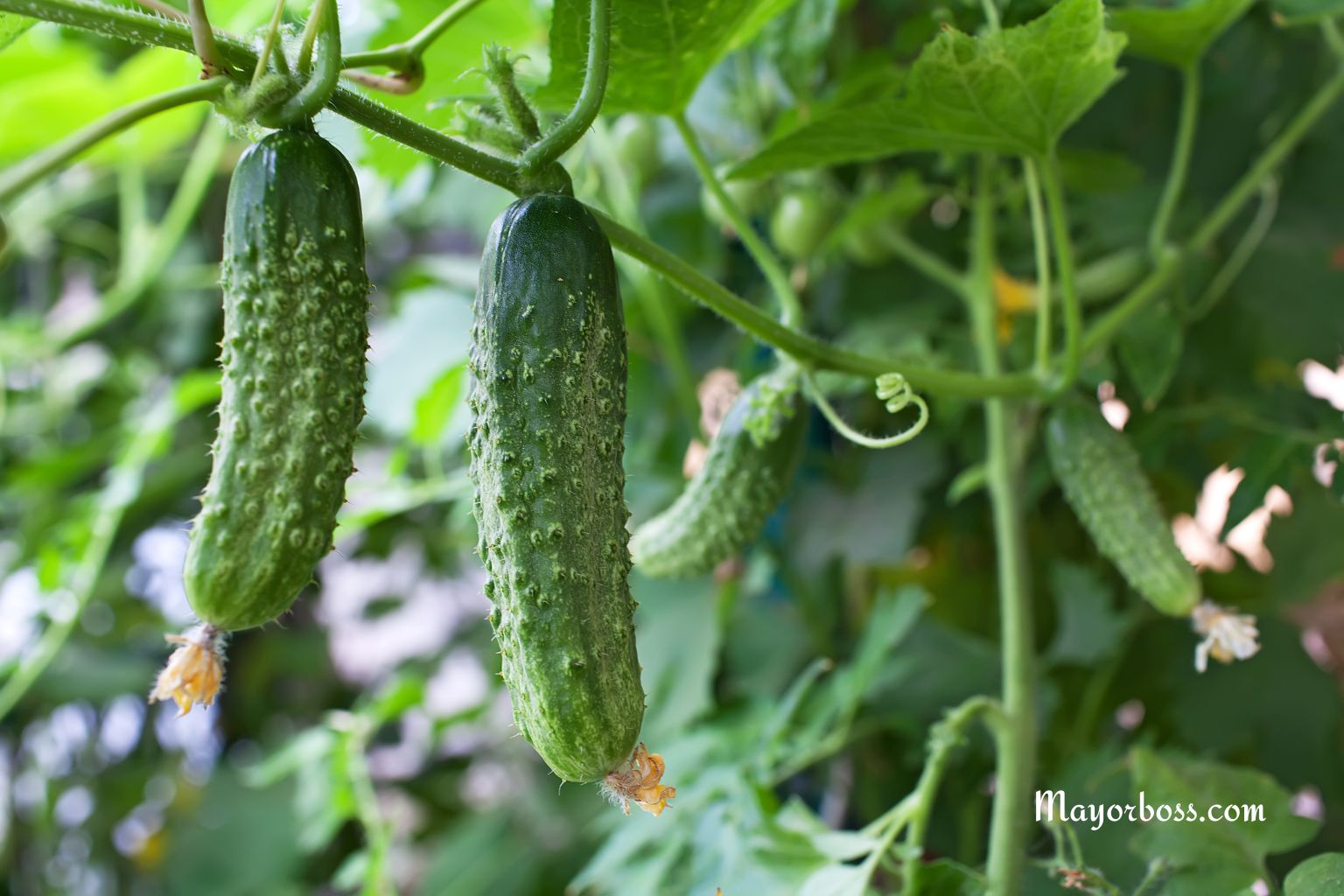What Lids Should Not Be Used for Canning: You Definitely Didn’t Know About This
Not all lids are safe for canning. Using the wrong lid can ruin your preserved foods or even put your health at risk. Avoid using lids that are not specifically made for home canning, such as recycled lids, plastic lids, one-piece lids not labeled for canning, or damaged lids. That’s because they do not create a safe, airtight seal and can lead to food spoilage.

Canning is all about creating a safe seal that keeps bacteria and mold out of your jars. The right lid will create a vacuum when processed, locking in freshness and protecting your food. Using the wrong kind of lid means your seal could fail without you knowing. This increases your risk for spoilage, mold, or dangerous bacteria like botulism.1
Lids You Should Never Use for Canning
1. Reused Lids from Store-Bought Jars
It’s tempting to reuse lids from pasta sauce, pickle, or jam jars. They seem sturdy, and reusing feels thrifty. However, these lids are designed for single use during commercial processing. After being opened, they lose their ability to create a reliable, airtight seal. Even if they seem to fit, they often warp during removal or cleaning, and the sealing compound is no longer effective. Never use store-bought jar lids for home canning.
2. Previously Used Home Canning Lids
Standard metal canning lids (the flat, round kind with a sealing compound) are intended for one-time use only. Once processed, the sealing material compresses and can’t form a safe, tight seal again. Reusing them increases your chance of seal failure. Always use a fresh, new lid each time you can.
3. Plastic Lids
Plastic lids are not suitable for canning. They don’t form a vacuum seal and are designed for storing already canned food in the fridge or after opening. They can also warp under the heat and pressure of canning, making them even less reliable. Reserve plastic lids for storing dry goods or leftovers—not for canning.
4. One-Piece Lids Not Designed for Canning
Some one-piece metal lids, often sold for crafts or short-term storage, are not rated for the heat and vacuum of canning. Only use one-piece lids that are clearly marked as safe for home canning. Otherwise, they may not seal properly, leaving your food unsafe.
5. Damaged, Bent, or Rusty Lids
Any lid that is bent, dented, rusted, or scratched should be thrown out. Even a small flaw can prevent a good seal. Rust can damage the sealing surface, and a bent lid may not sit flat on the jar. Never take chances with damaged lids.
6. Non-Food Grade Lids
Lids not made for food use can leach harmful chemicals into your food during processing. Only use lids that are made from food-safe materials and sold specifically for canning.
What Lids Are Safe for Canning?
- New, flat, metal two-piece lids: These are the gold standard. Use a new flat lid with every batch and reuse the screw band as long as it’s not damaged.
- Certain reusable canning lids: Some brands sell reusable canning lids with replaceable gaskets. Only use products tested and approved for home canning.
- One-piece metal lids (if labeled as canning safe): A few companies sell one-piece lids rated for home canning. Double-check packaging.
Why Do Unsafe Lids Fail?
Unsafe lids do not create a strong, lasting vacuum. Without a good seal, air, bacteria, and mold can enter the jar. You may not see spoilage right away. Sometimes, unsafe lids appear to seal but fail later. This can lead to foodborne illnesses, including botulism—a serious, sometimes fatal, disease.
How to Check if Your Lid is Safe
- Read the label: Only buy lids that are clearly marked as suitable for home canning.
- Inspect for damage: Look for dents, warping, rust, or scratches.
- Don’t guess: If you’re unsure, do not use the lid. Safety always comes first.
According to the National Center for Home Food Preservation, always use new, undamaged canning lids that are designed for your jar type. Old, used, or repurposed lids cannot be trusted to keep your canned foods safe.2
FAQs
1. Can I reuse canning jar lids if they look undamaged?
No. Even if a lid looks perfect, it’s only designed to seal once. Always use a new lid for each canning session.
2. Are plastic lids safe for water bath or pressure canning?
No. Plastic lids do not form a vacuum seal and can melt or warp. Use them only for storage after opening jars.
3. What about one-piece lids from craft stores?
Unless labeled for home canning, these lids are not safe. Most are meant for crafts or dry storage, not canning.
4. Can I use lids from old commercial jars (like pasta sauce)?
No. Commercial jar lids are for one-time use only and cannot reliably reseal.
5. How do I know if my canning lid has sealed properly?
After cooling, the lid should be flat or slightly concave, and it shouldn’t flex up and down when pressed in the center.






